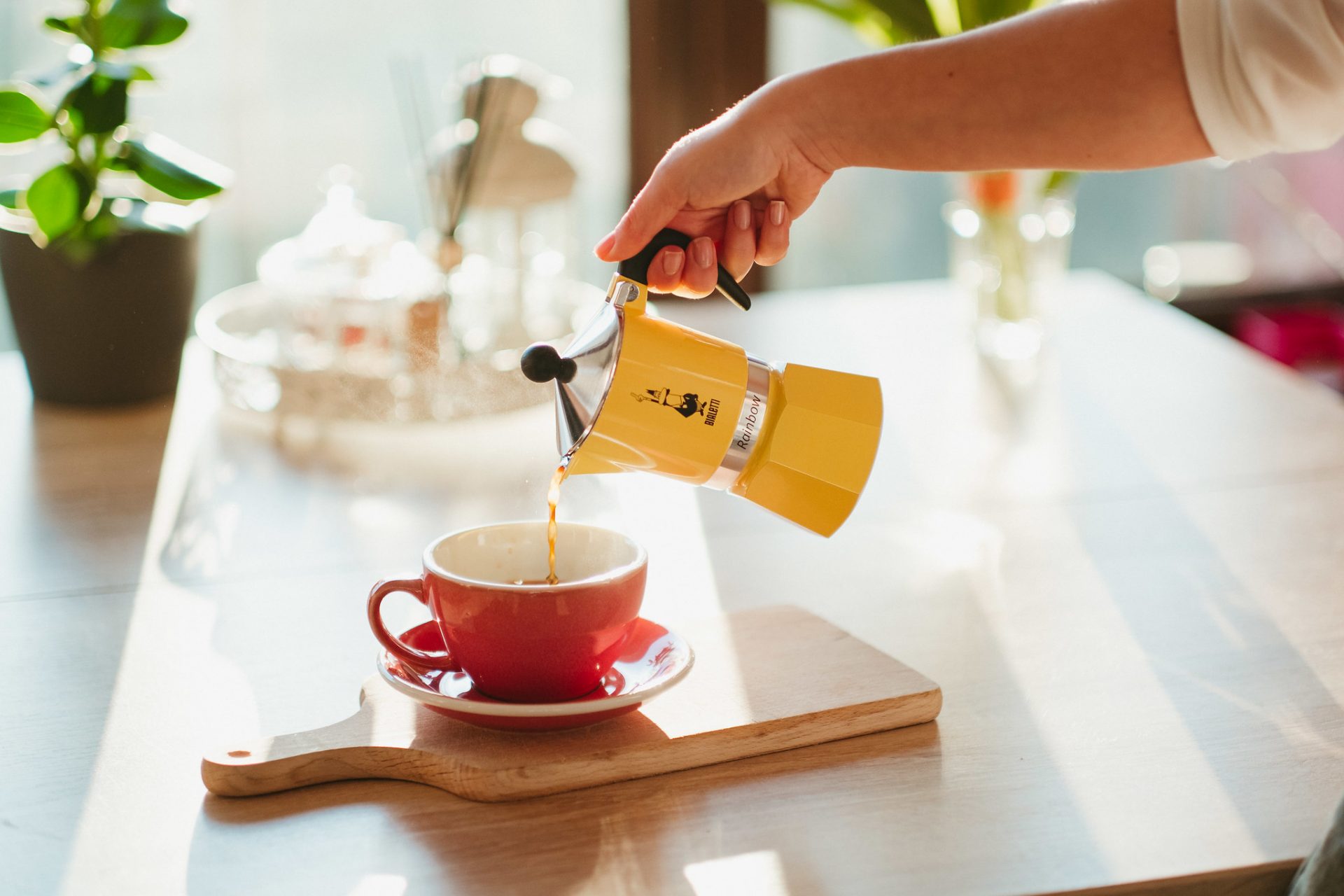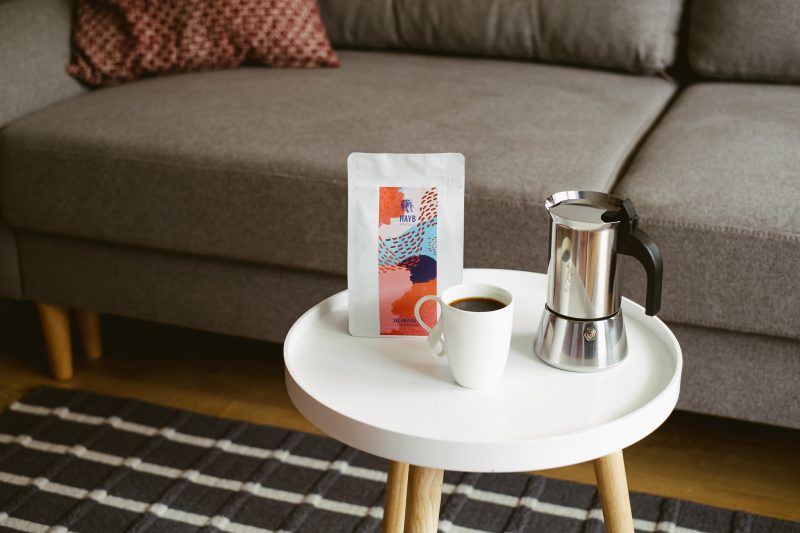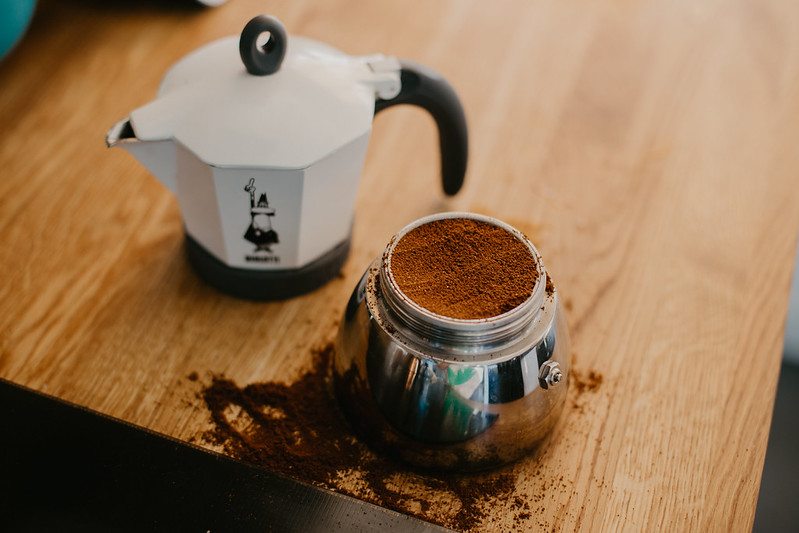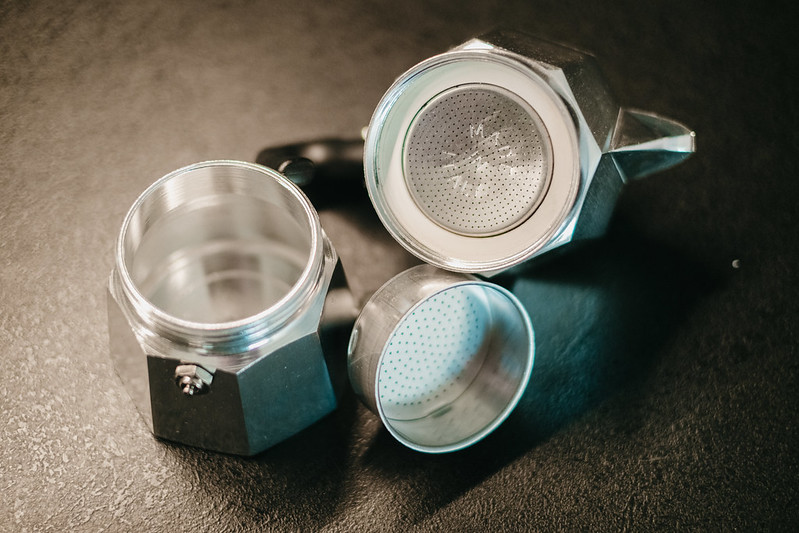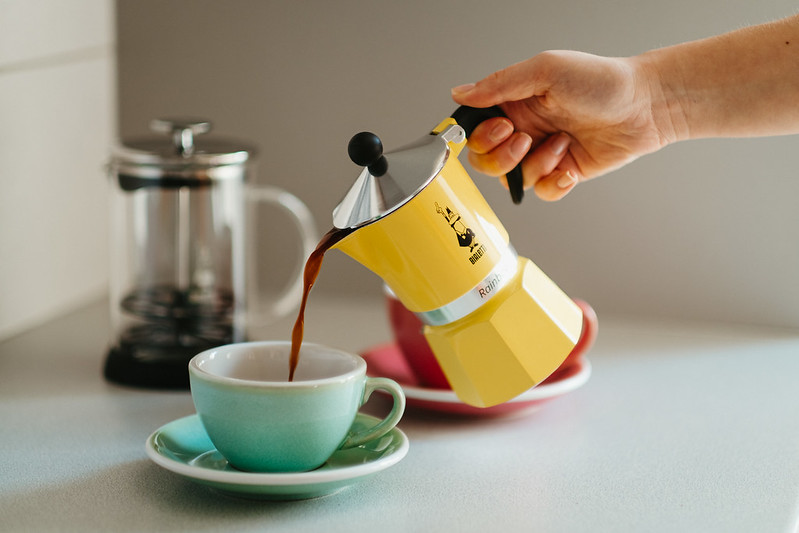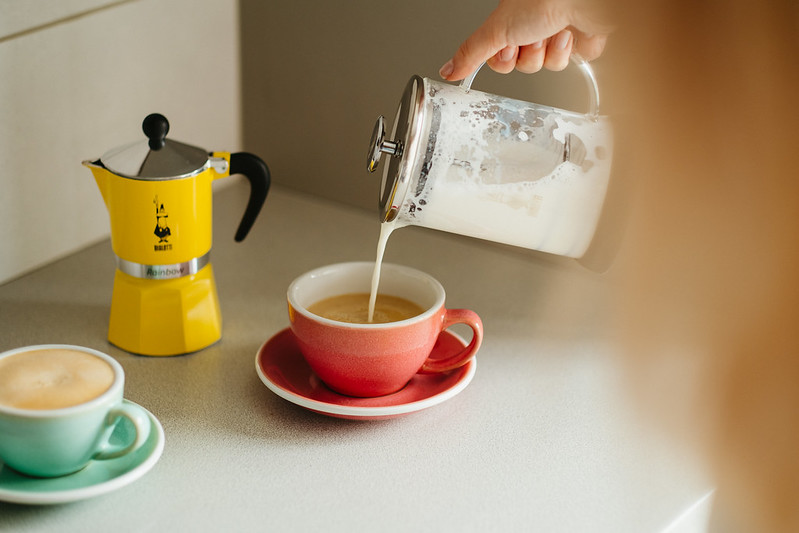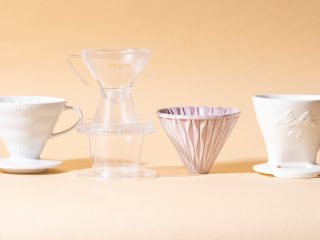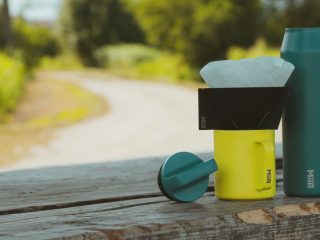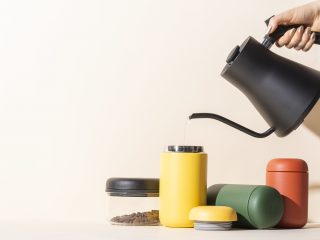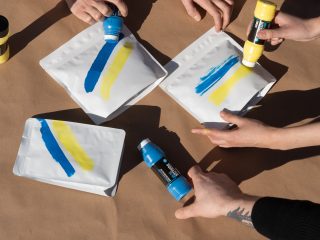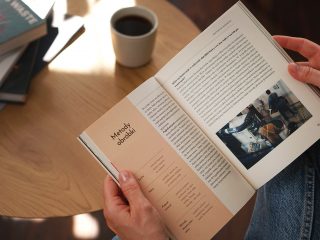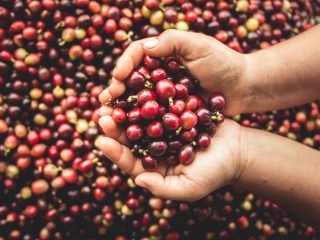An Italian coffee pot. A stove-top espresso maker. A moka pot. A Moka Express… Many names, but always the same thing. An inconspicuous, two-piece kettle, placed on the stove, which prepares essential, fragrant coffee in just a few minutes. If you choose the right model, add fresh coffee and stick to a few basic rules, you will be able to brew coffee that will delight everyone. We’ve got your back with a bunch of tips on how to brew coffee in a moka pot!
Italian classics open to new experiences
The moka pot – that’s how we’re going to call it in this article – is a device designed in the 1930s for Antonio Bialetti in Italy. Despite the passage of many years, the design of the device has not changed, and coffee brewing in a moka pot is commonplace in many, not only Italian, homes.
Of course, Italians, being Italians, still believe that they have the best coffee in the world and that classic Italian espresso blends, dark and not very pleasant-smelling, are cream of the crop. And they prefer such coffees in their moka pots. We know, however, that there’s more to coffee than the Italian blends (although, for example, Gardelli coffees break the stereotype of Italian roasteries), and the moka pot can work perfectly with other fresh coffees.
Optimal choice
Looking at all the possible variations of the moka pot, my head is spinning. Take it easy, don’t panic. We’ve got this.
Where do we start? With a good investment. This is not a guide for a young entrepreneur, but this topic cannot be ignored when writing about the moka pot. When entering any shop or browsing various auction sites, you must have noticed that the moka pot is available at your fingertips. Five to ten euros is no expense, so why bother with models that cost even more than 25 EUR. Unfortunately, this assumption is a big mistake.
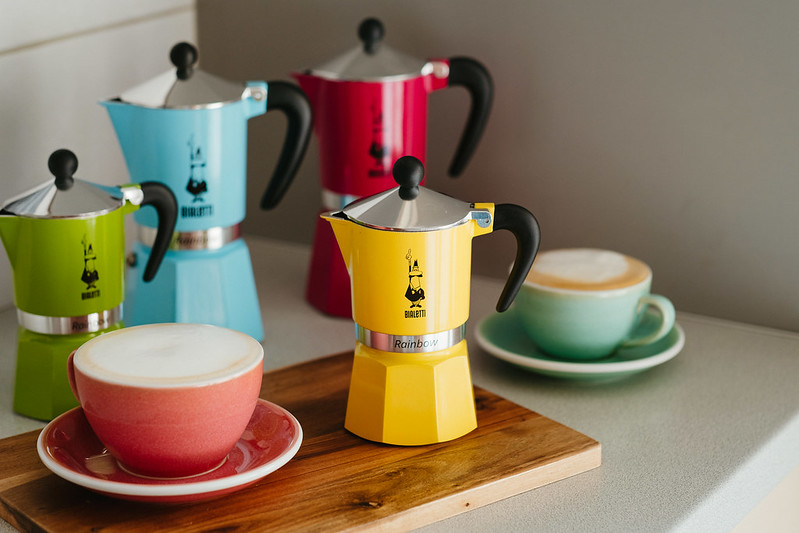
A moka pot is a device that is not worth saving on. Of course, within reason, but investing several euros more will not only translate into a better taste of the prepared coffee, but can also protect your health and kitchen!
A moka pot is a device that is not worth saving on!
The basic material from which the moka pot is made is aluminum or steel. These elements are subject to temperature fluctuations and come into contact with coffee and water. Therefore, with a moka pot made of poor-quality cheap alloys, we risk more than just the fact that the coffee will take on an unpleasant metallic aftertaste. It is also a risk to our health, because such coffee is filled with compounds that we will then introduce into our body.
Still think it’s worth paying less for a moka pot?
Risk number two is the pressure valve. A special valve is installed in the bottom part of a moka pot where you pour water. It is not an ornament. It performs a very important function: if, for some reason, the water could not get through the strainer and coffee to the upper part of the device, the pressure in the lower tank would start to increase rapidly. This could happen, for example, when the coffee is ground too finely and the burner power is too high. The valve should open when the pressure is too high, allowing the steam to escape without harming anything or anyone.
A special valve is installed in the bottom part of a moka pot where you pour water. It is not an ornament.
In the moka pots of unknown origin and of average quality this valve may actually be only for decoration. I have heard stories of at least a few people whose moka pots were torn to shreds, shooting boiling water and coffee all over a few meters. Lucky that no one was standing nearby, or it could have ended up worse.
Cheap moka pots also have smelly rubber gaskets. I used to have one, years ago. I still remember that the coffee, apart from the metallic aftertaste, smelled of rotten rubber, thanks to the poor-quality gasket, which, despite repeated cleaning, still gave a little something from itself to the coffee. Yuck.
That is why it is worth choosing a high-end model from proven manufacturers such as Bialetti. Their prices start from less than 25 EUR, but are worth every euro spent.
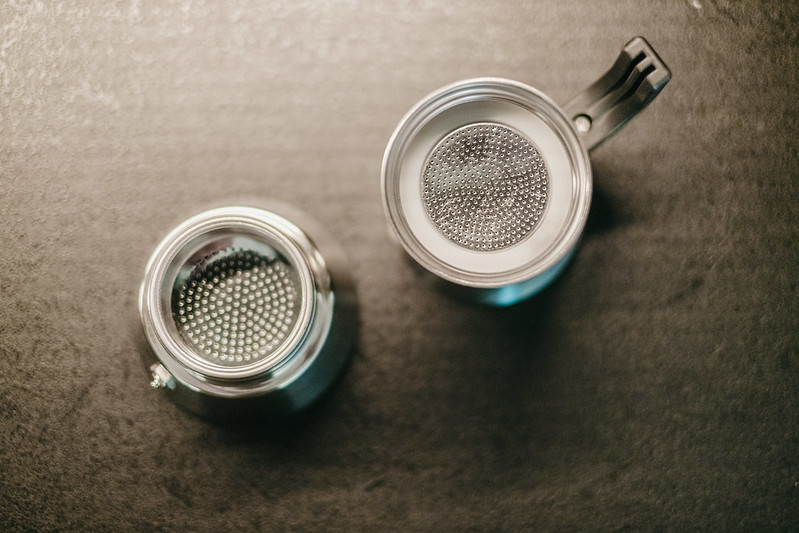
Size actually matters
And it is not true that the bigger the size, the better… No, you have to find the optimal one, depending on your needs and possibilities. A moka pot is a device that must be used to its full, dedicated volume each time. So, if you decide on a 10-cup moka pot (usually 1 cup is about 25-35 ml, i.e. one espresso cup) because once a month your friends drop in for coffee, and every morning you have your coffee alone… Well, it’s probably a bit over the top. Especially that coffee from the moka pot is known for its considerably intense taste and a stimulating effect.
A moka pot is a device that must be used to its full, dedicated volume each time.
That is why you need to recalculate the size for your own needs. The most common choice is a 3-cup moka pot. You can always buy a special reducer, but that’s a substitute solution.
How does the moka pot work? In a moment, getting to my coffee brewing suggestion, I will write more about it. In short, the point is that for proper extraction to take place, the coffee should not float in the strainer, but should offer a slight resistance to the water. This is only possible when the funnel is completely filled with coffee.
Know your kitchen
In order for the moka pot to start working, it must be placed on a heat source, i.e. a gas or induction cooker. Those of you who have a classic gas burner have hardly any problem. Moka pots that can be used on gas are the vast majority in the offer of the key players on the market. If you have an induction cooktop, you need to find a model that clearly shows the possibility of using it on an induction stove.
For example, it can be something from Bialetti Venus or GAT Opera moka pots, but there are also other options, and they come in various designs and sizes.
You don’t have a gas or induction cooker? Plug-in models are also available, such as the Electric coffee pot. Although they are costly, for some it may be the best solution.
Let’s brew! How to use a moka pot?
Moka pot selected, ordered, and received? It’s time to brew! How to make delicious coffee in a moka pot? Start with the grinder, of course: take a burr, manual or electric one (you can read more about grinders here) and set a fairly fine grind. Coarser than for an espresso, but definitely finer than for a drip. Between your fingers it should feel a bit like fine table salt. The grinding is to be adjusted so that the coffee flows gently towards the top while brewing, and doesn’t overflow. At the same time, the grind must not be too fine, so that the strainer does not clog and block the extraction.
At the same time, it is worth putting the kettle on. Yes, you’ve heard me well. It’s best to pour hot water, not necessarily boiling, into the moka pot. Thanks to this, the brewing time on the stove will be significantly shortened, thanks to which the coffee will be exposed to high temperature for a shorter time. This means less bitterness and better taste!
Pour the water into the bottom part of the moka pot, but not to the full! In good devices a clear line marks how much water we should use. If there is no such limit, pour slightly below the pressure valve.
How much coffee should there be in a moka pot? It all depends on the size you chose. A very simple and fun way is to pour the beans into the funnel and fill it tightly. After grinding, the coffee should be at the same level as the rim of the funnel. You should level it with your finger and press gently, leaving clean rims. There is one more important question – what kind of coffee should you use? As the moka pot is a nice alternative to espresso, fresh espresso-dedicated beans will work very well. Try something, for example, from Audun, Coffeelab, or, if you insist on something Italian, choose Gardelli.
However, I know from my experience that it is often worth taking a risk and using beans dedicated to alternative brewing methods. Then you’ll get more sweet freshness, but with a much fuller body, compared to what you get from a drip or Chemex.
Now there is nothing else to do but screw the top part of the coffee pot on (attention, the bottom is hot because of the water!) and put the whole thing on the stove, using the low power of the burner.
It is a good idea to leave the lid open. This will allow you to control the brewing process. When you use hot water, the coffee will start flowing out after a minute or two and you will see with our own eyes how the moka pot works. It is supposed to be a slow, calm stream flowing down the little column. Avoid coffee spraying sideways when the extraction is too abrupt. This means that:
- the burner power is too high
- there’s too little coffee in the funnel
- the coffee is ground too coarse.
As soon as the coffee stream starts to turn into a yellowish foam and you hear the characteristic gurgling sound, immediately take the moka pot off the stove and pour the coffee into the cups. This is a very important point. The last bit of the coffee brewed in this way is no longer pleasant to the taste. In addition, keeping the coffee moka pot on a heat source for a longer time will result in an unpleasant burnt taste of your coffee.
And the milk?
Yes, please. Milk works fine too. The moka pot is one of the few methods, apart from the espresso machine, where you can attempt to use milk with beans for espresso. Of course, moka pots do not have a built-in wand for frothing milk. All you can do is either buy a frother, such as Bialetti Montalatte, Bialetti Milk Frother MK01 or Melitta Cremio Milk Frother, or give up froth for ordinary milk, or buy a moka pot that has a substitute for a frother, such as the Bialetti Mukka.
As you can see, brewing coffee in a coffee maker is a method that, for relatively little money, can give you a delicious substitute for espresso in your own kitchen. Just a few simple steps and the effects will be amazing!

